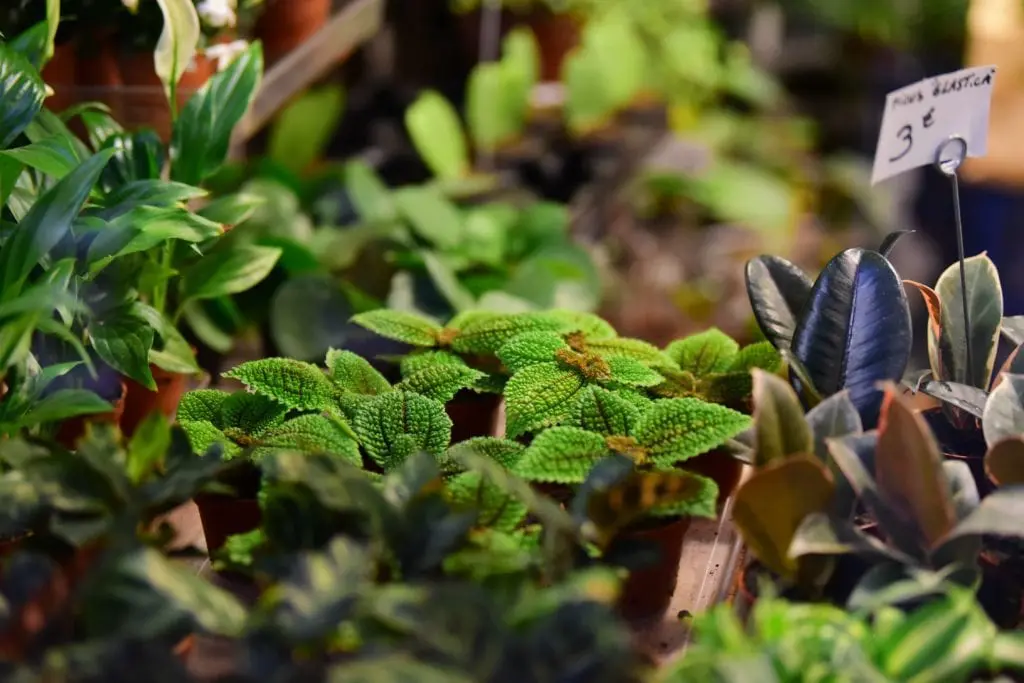
Plants are an ingredient that turn a new space into a home, and a good dish into a great one! While some plants – especially those with flowers or large fruit – need many hours of full sun to thrive, there are a number of edible plants with more flexible growing conditions, making them perfect for indoor gardens within a condo or townhouse.
Plants need just a few things to thrive: nutrients, water, and light. Some people prefer using soil and potting the plants, while others try soilless growing with hydroponics. Do a little research and see what feels right for you, and consider the layout of your townhouse or condo. If you have a few sunny windows, great! If not, some plants do fine with bright, indirect light or you can purchase some inexpensive grow lights.
Once you decide on the setup, turn your attention to choosing which edible plants you want to grow. The plants below are not your only options, but they are a great place to start if you’re new to gardening. Ready to take your cooking and bragging rights to the next level? Let’s get started!
Herbs
While dried herbs can add a bit of flavor, fresh herbs have a stronger, crisper flavor, and they add an important visual component to any dish. Extra bonus: if you end up with more fresh herbs than you can use, dry them out for later use. Decide if you want to grow your herbs from seed, which we recommend for experienced gardeners, or buy rooted herbs from a grocery store or garden center for an instant kitchen garden.
Some common herbs in American cooking that can be grown indoors are chives, parsley, basil, and thyme. To expand your palate, see if you have the right growing conditions for lemongrass, Thai basil, mint, or any other staples of your favorite cuisine.
Microgreens
Microgreens, which are young and nutrient dense, take up little space and are easy and fast to grow. My son recently planted some microgreen seeds, and we spotted seedlings within two days! There are many varieties – kohlrabi, celery, amaranth, radish, and peas, to name a few – each with a distinct flavor and texture.
Because there are so many options, microgreens are a great choice if you’re facing any unique sunlight or space challenges in your home. They go well with salads, soups, sandwiches, and many other dishes.
Leafy Greens
Kale, spinach, and lettuce are probably the first leafy greens that come to mind, but others include watercress, chard, bok choy, and beet greens. Regardless of which you prefer, these plants are packed with nutrients and make a healthy addition to any meal.
As with microgreens, there’s a wide range of mediums and sunlight requirements, so do a bit of research and find what works best for you. Not only are they tasty, but in pots or gardens, they bring vibrant colors into a space.
Scallions
Even when I’m not actively growing any edibles indoors, you can often find scallions, or green onions, on my counter. While they can be grown from seed, the easiest way is to buy a bunch at your grocery story, use what you need, and then stick the white bulbous ends in a cup with some water. Within a couple days, you’ll see new shoots appearing. Add them to a meal, raw or cooked, for a less intense onion-y flavor.
Hot Peppers
Like any fruiting plant, peppers need some sun. But there’s an easy workaround: the smaller the pepper, the less sun it requires. With a sunny windowsill or a grow light, you can grow small varieties of hot peppers to be used fresh or dried. I have some tiny chili peppers that are half an inch, at most, when fully grown. They are fantastic for adding heat to a dish, but I don’t recommend eating them raw!
A Few More Options
If a sunny balcony or outdoor spot is available to you, your edible plant options greatly expand. Small tomatoes, like the cherry or grape variety, need deep pots and take up a lot of space, so they aren’t good for small indoor gardens. But with a larger outdoor garden, they are an easy and fast-growing plant, not to mention delicious.
If the goal isn’t to eat what you grow, you can incorporate plants into your home’s interior design in a variety of ways. There are so many different options and are perfect for livening a space.
Do you have a favorite edible plant to grow? Let us know in the comments!

For the last 16 years, Rachel Kinbar has been a writer of articles, blog posts, white papers, essays, infographics, web copy, sales copy, scripts, poetry, lyrics, and more. She has keen research skills that she applies to a wide variety of topics, and she especially loves topics related to design, history, and sustainable living.
 3 Reasons Tiny Homes are Perfect for Millennials
3 Reasons Tiny Homes are Perfect for Millennials